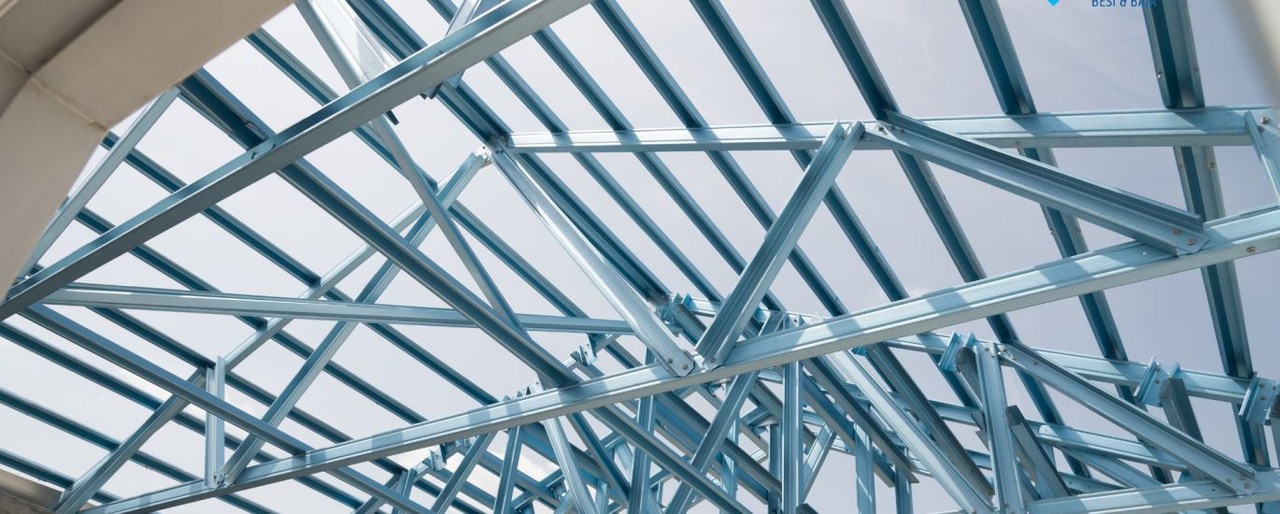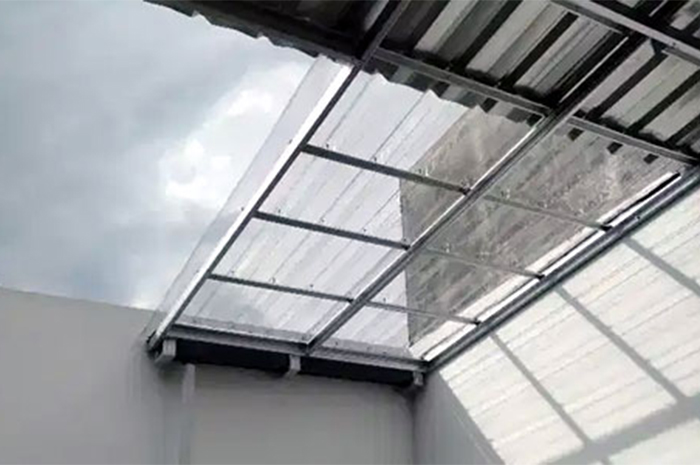 Bahasa Indonesia
Bahasa Indonesia  Inggris
Inggris
 Bahasa Indonesia
Bahasa Indonesia  Inggris
Inggris
 The most common source of leaking and seepage is the roof. These are the roof problems that often occur.
The most common source of leaking and seepage is the roof. These are the roof problems that often occur.
1. Improper Roof Construction
Generally caused by the slope of the roof that is too gentle (less than 25?). Strong winds will push rain water into the house through the cracks under the tile, wet the ceiling, and even water can drip through the walls.
Solution:
Rearranging the roof slope construction by completely dismantling the roof. The ideal slope of the roof to run rainwater smoothly is 30?-40?. Give a sheet of anti-leak coating of plastic or aluminum foil on the bottom of the tile. With this layer, water will be retained by a plastic layer and then flowed downward to the gutter. This solution is usually temporary.
2. Cracked or Broken Tile
Cracked or broken tiles can be crushed by fruit from a tree, crushed by wood, or stepped on. Another cause is the age of the tile (especially concrete tile) is long enough, so that the surface of the concrete tile is eroded and cause cracks.
Solution:
If the tile breaks, it must be replaced with a new tile. However, if cracked, there are 3 treatments that can be done. If the crack is not too large, it can be overcome by coating the waterproofing (anti-leak coating). Use waterproofing plus fiber (fiber). Cut the fibers in the tile area according to size, then spread with a waterproofing solution. If the crack is large enough, you should replace it with a new tile. Give a sheet of anti-leak coating of plastic or the like on the bottom of the tile. With this layer, water will be retained by a plastic layer and then flowed downward to the gutter.
3. Sloping Tile
The roof is too tilted (slope is greater than 40?) and results in the tile being detached from the batten holder. Tile installation is not right, so when there is vibration (for example due to heavy rain or strong winds) tile slipped from the batten holder. The roof frame is porous because it is eaten by age or termites, so that it causes the batten where the tile holder is broken.
Solution:
Rearranging the roof construction by completely dismantling it so that the slope of the roof is ideal, around 30?-40?. If the architectural design of the house requires that the slope of the roof be made more than 40 pilih, choose a tile that is equipped with a nail hole to lock the position of the tile so it does not sag. If the roof frame is partially porous, replace it with a new roof frame on the porous frame. If everything is porous, then completely disassemble. If the condition of battens and tiles is still good, but the tile is loose due to the negligence of the craftsman who does not connect the tile to the battens, then the solution is to return the tiles to their original position.
4. Cracked Ridge
Making carpus (cradle holder) is too high, so it is susceptible to cracking on the surface of the carpets. The composition of the mortar to install the roof or ridge is not good. Mounting ridge or rooftop is not good. The ridge or rooftop (especially the concrete roof ridge) has been aged for a long time, so the surface is thinning and cracking.
Solution:
Ciping (ketrek) cracked surface of carpets as wide as 10mm. Then clean and polish the liquid additive bonding agent. When still wet, fill with mortar (1 part cement mixture + 3 parts sand + enough water + waterproofing). Use good quality waterproofing. If the leakage rate is very severe, the mortar must be replaced with a better mortar. If the ridge is cracked, replace it with a new one.
5. Talang Datar and Jurai Leaking
Gutter installation is not good, especially in the connection area. The shape and size of the gutter does not match the capacity of the water entering the gutter. There is a pile of rubbish that covers the gutter hole, so rain water cannot flow.
Solution:
Gutter installation must be precise and thorough, especially in the connection area. It is better to make as few connections as possible on the chamfer. Gutter installation should be done by experienced craftsmen. The shape and size of the gutter must be adjusted to the capacity of the water entering the gutter. Be diligent in cleaning up the rubbish that covers the gutter holes.
6. Cracked Concrete Dak
Concrete plates are exposed to extreme hot and cold weather that triggers shrinkage cracks. After the concrete is casted, it is not followed by treatment using a curing compound or waterlogging for 7 days. When the concrete is not strong (not yet completely dry), a load that exceeds the capacity / carrying capacity of the concrete slab is placed. Movement occurs, both in the structure of the building or foundation, so that the concrete slab experiences vertical and horizontal forces. The composition of cast concrete is not perfect, for example, mostly sand or split rock.
Solution:
For cracks that are large enough, fill the cracks with cement after the additive bonding agent was previously. If the crack is small, the cracked part is cracked (crushed) so that the crack becomes large so that the filling can be done perfectly. Use mortar with high adhesion.

Komponen Atap Rumah Dan Fungsi-Fungsinya Yang Harus Anda Ketahui Sebelum Mulai Membangun Rumah!

Atap Transparan untuk Rumah, Lebih Baik Pakai atau Tidak?




